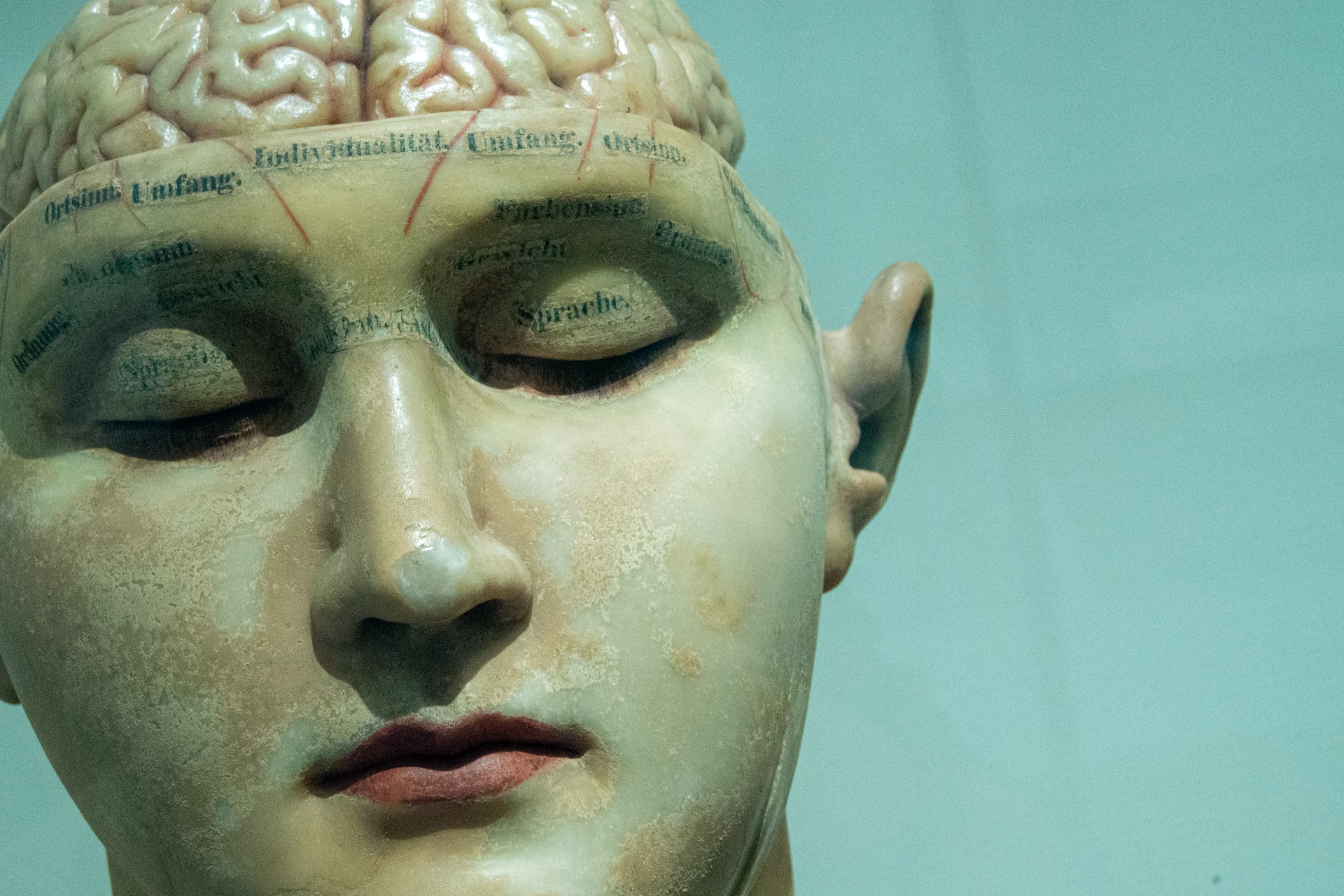Tell me about vasculitis brain mri
Vasculitis is a condition that affects the blood vessels in the body, causing them to become inflamed and damaged. This can occur in different areas of the body, including the brain. A brain MRI (magnetic resonance imaging) is a diagnostic tool that can help doctors identify vasculitis and its effects on the brain.
In this article, we will discuss what vasculitis is, how it can affect the brain, and how a brain MRI can be used to diagnose and monitor this condition.
What is Vasculitis?
Vasculitis is a broad term that refers to inflammation of blood vessels. There are many types of vasculitis, each with its own characteristics and severity. The most common type is called giant cell arteritis, which affects the large arteries in the head and neck. Other types include Takayasu arteritis, Kawasaki disease, and Behcet’s disease.
In vasculitis, the body’s immune system mistakenly attacks healthy blood vessels, causing them to become inflamed and narrowed. This can lead to a variety of symptoms, depending on which blood vessels are affected. Common symptoms of vasculitis include fever, fatigue, joint pain, skin rash, and nerve damage.
How Does Vasculitis Affect the Brain?
When vasculitis affects the blood vessels in the brain, it can cause a range of neurological symptoms. These may include headaches, dizziness, difficulty with memory and concentration, and changes in behavior or mood. In severe cases, it can even lead to stroke or seizures.
The inflammation of blood vessels in the brain can also disrupt the normal flow of blood and oxygen to the brain, which can result in tissue damage. If left untreated, this damage can lead to permanent neurological deficits.
Diagnosing Vasculitis with Brain MRI
A brain MRI is a non-invasive imaging test that uses powerful magnets and radio waves to produce detailed images of the brain. It is a highly effective tool for diagnosing vasculitis and other brain conditions, as it can provide detailed images of the brain’s blood vessels and surrounding tissues.
During a brain MRI, the patient lies on a table that slides into a large, cylindrical machine. The machine creates a strong magnetic field around the patient’s body, causing the hydrogen atoms in the body’s tissues to align in a certain way. Radio waves are then used to disrupt this alignment, which produces signals that are detected by the machine and used to create images of the brain.
In a brain MRI, doctors can look for signs of inflammation in the blood vessels, such as thickening or narrowing. They can also identify areas of tissue damage in the brain, which may indicate a stroke or other complications of vasculitis.
Monitoring Vasculitis with Brain MRI
In addition to diagnosing vasculitis, brain MRI can also be used to monitor the progression of the disease and its effects on the brain. This is especially important in cases where the condition is chronic or requires long-term treatment.
By performing brain MRIs at regular intervals, doctors can assess if the treatment is effectively reducing inflammation and protecting the brain from further damage. They can also identify any new areas of inflammation or tissue damage that may require additional treatment.
In some cases, doctors may also use contrast dye during a brain MRI to get a clearer picture of the blood vessels. This dye is injected into the patient’s veins and helps to highlight any abnormalities in the blood vessels.
In Conclusion
Vasculitis is a complex condition that can affect different areas of the body, including the brain. A brain MRI is a valuable tool in diagnosing and monitoring vasculitis and its effects on the brain. By providing detailed images of the brain’s blood vessels and surrounding tissues, this imaging test helps doctors make an accurate diagnosis and develop an effective treatment plan for their patients. If you are experiencing symptoms of vasculitis, talk to your doctor about the possibility of a brain MRI to help with diagnosis and treatment.





